
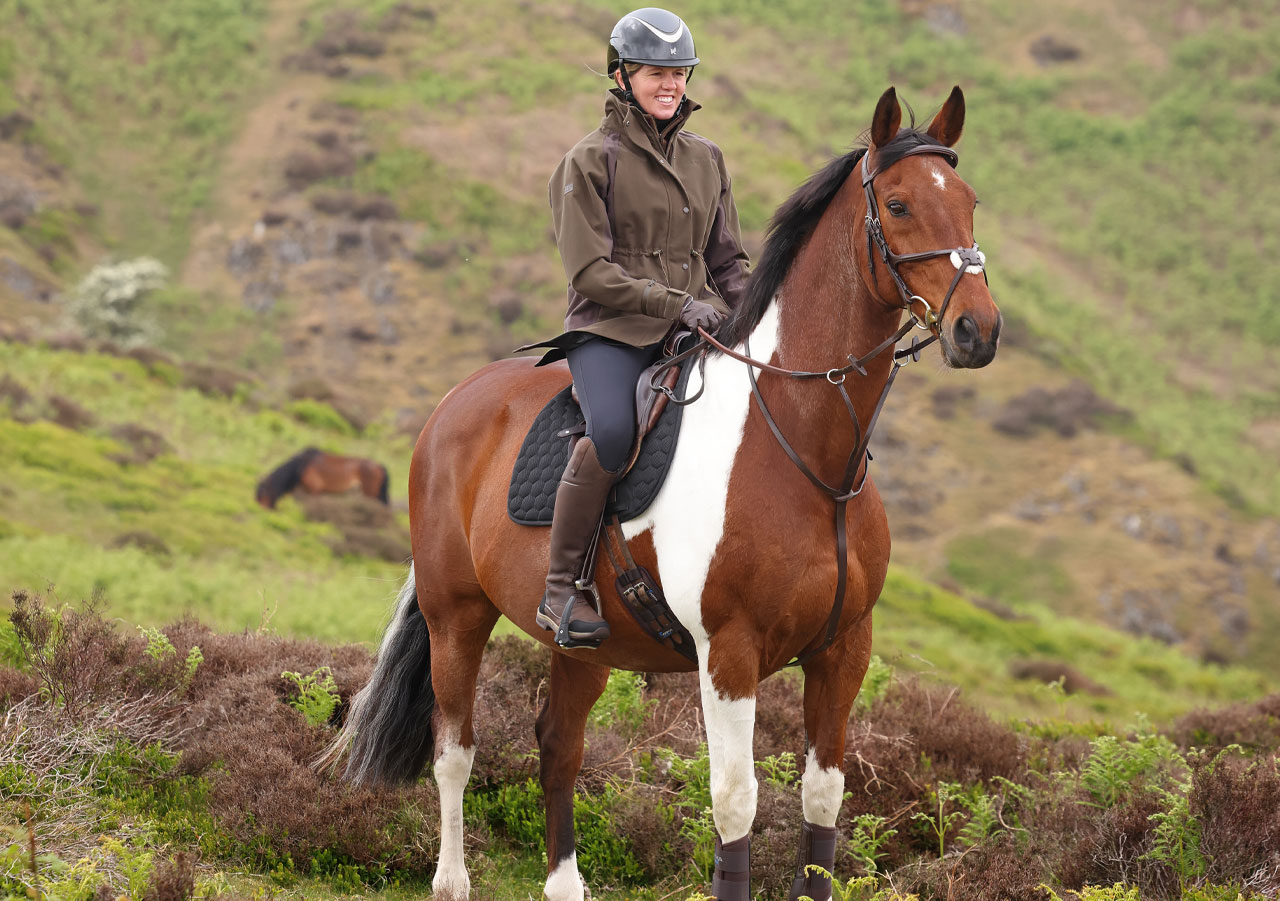
Stockists of all the leading horse feed and bedding brands. Available for Click and Collect from our store today
£22.10
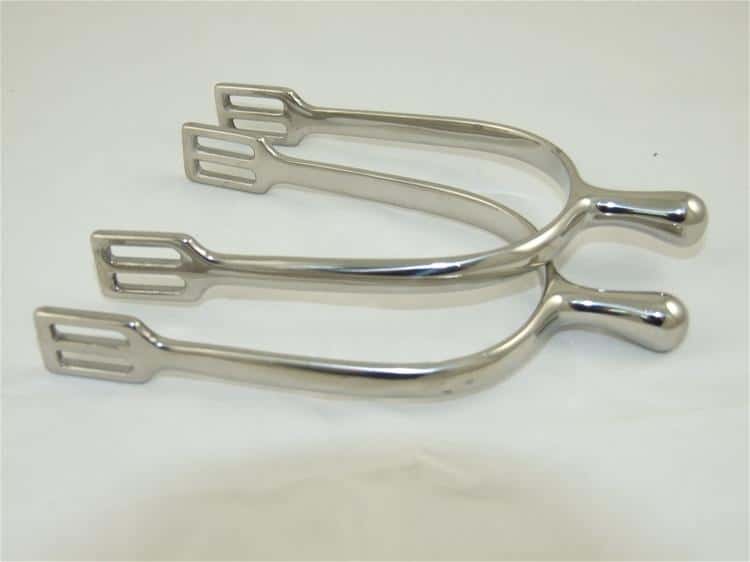
£22.10
£35.99 Original price was: £35.99.£28.00Current price is: £28.00.
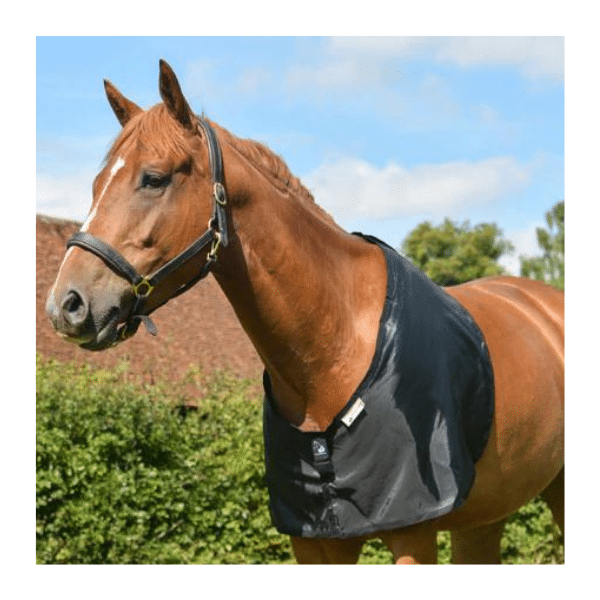
£35.99 Original price was: £35.99.£28.00Current price is: £28.00.
£29.50
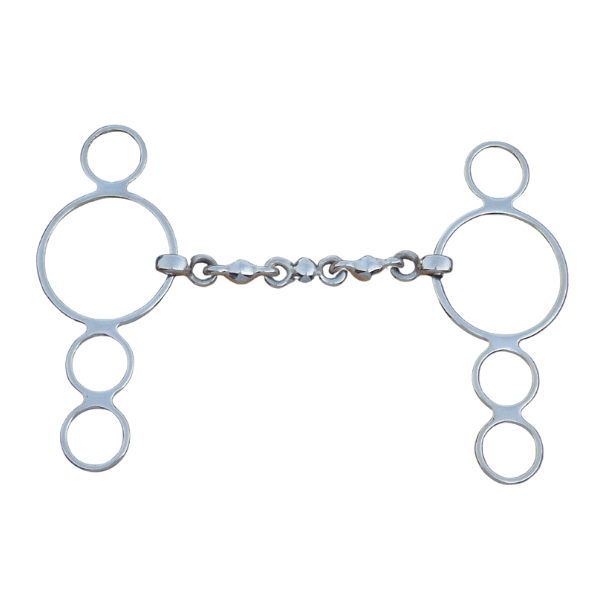
£29.50
£26.95 – £76.50Price range: £26.95 through £76.50
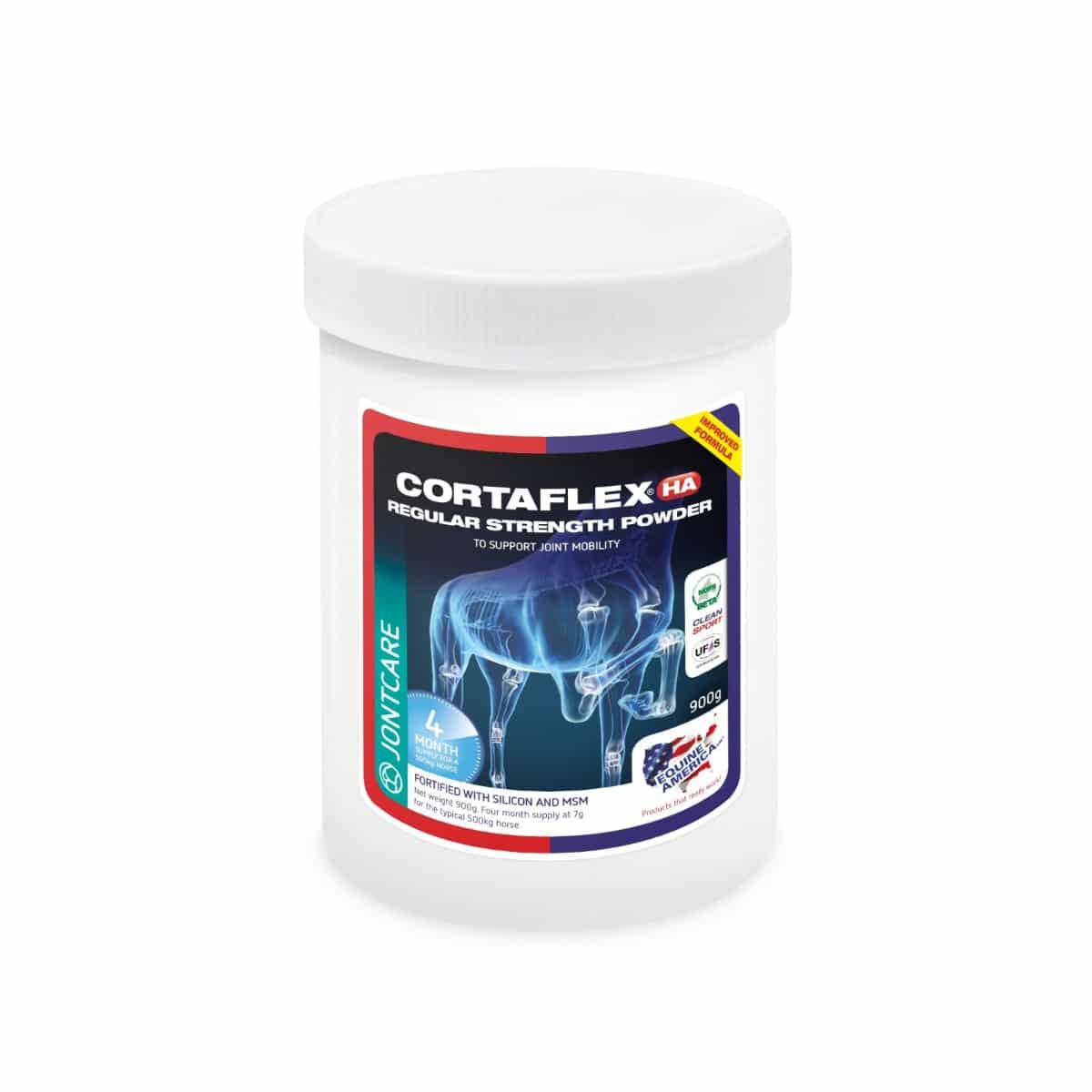
£26.95 – £76.50Price range: £26.95 through £76.50
£19.80 – £23.50Price range: £19.80 through £23.50
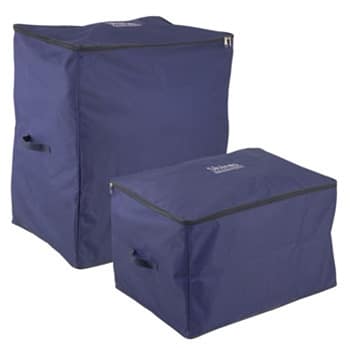
£19.80 – £23.50Price range: £19.80 through £23.50
£12.70 – £20.90Price range: £12.70 through £20.90
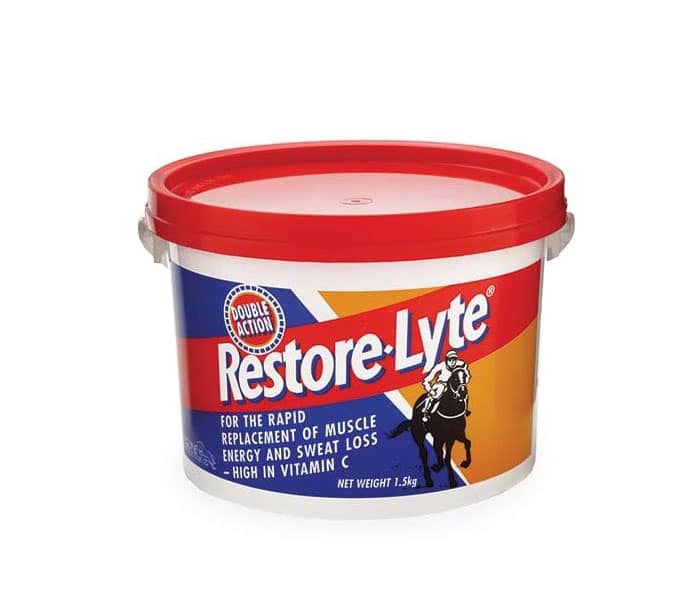
£12.70 – £20.90Price range: £12.70 through £20.90
£3.45
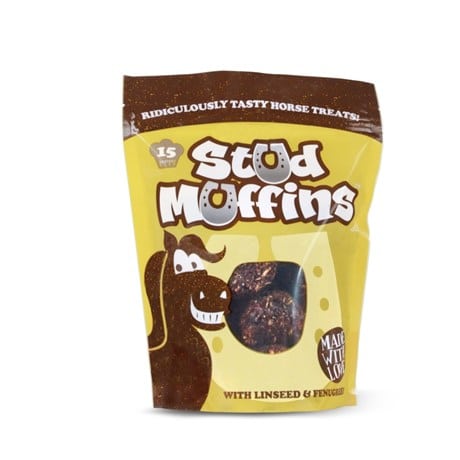
£3.45
£8.40
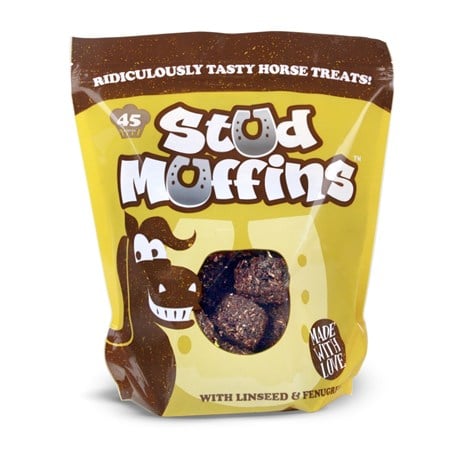
£8.40
£15.30 – £24.30Price range: £15.30 through £24.30
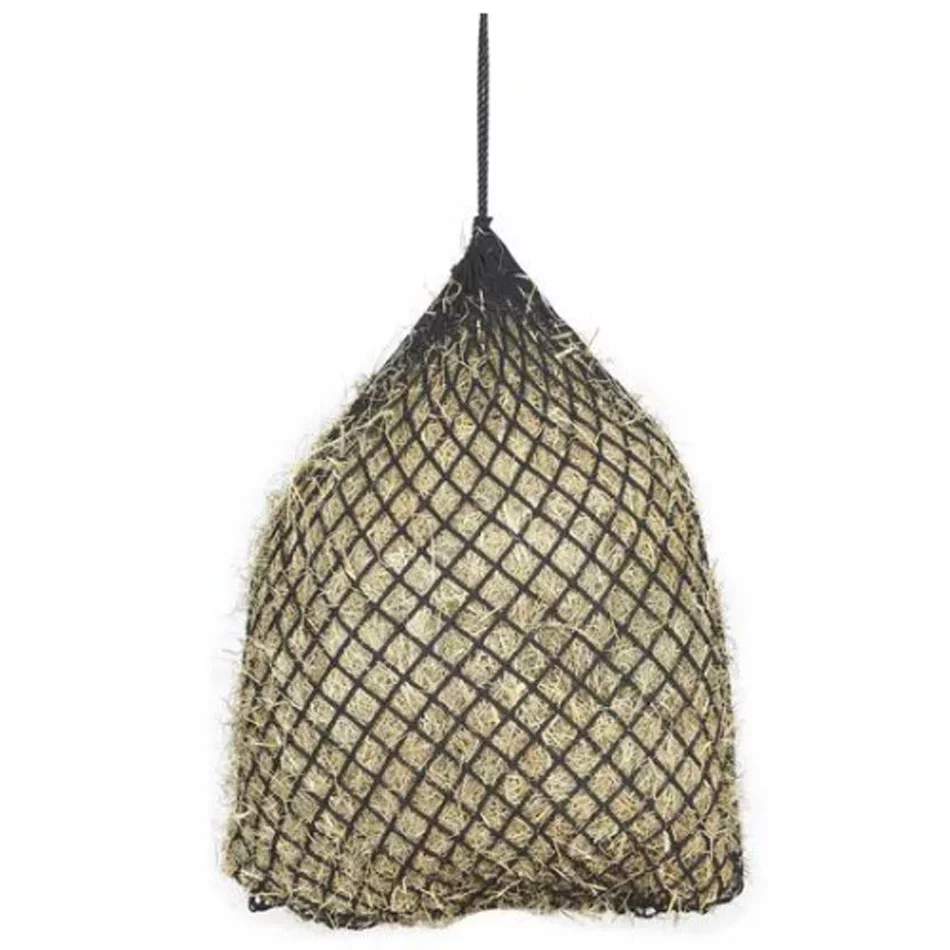
£15.30 – £24.30Price range: £15.30 through £24.30
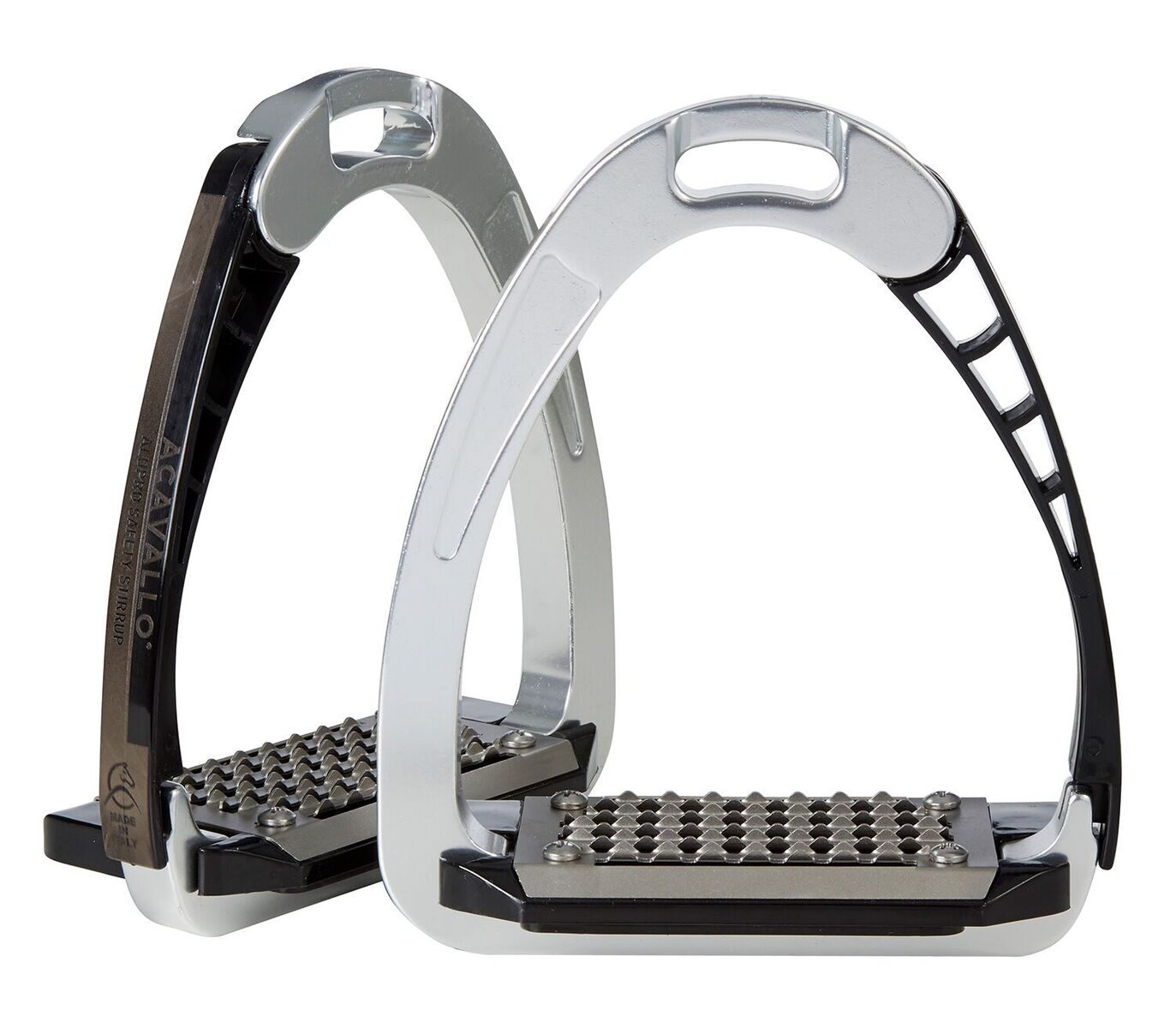
£151.95
Feeding a horse with laminitis requires a low-sugar, low-starch diet to reduce inflammation and support recovery. The best approach is to choose feeds with less than 10–12% non-structural carbohydrates (NSC), focusing on high-fibre options like soaked hay, haylage, beet pulp, and lucerne (alfalfa) hay. Specialist low-NSC feeds such as Dengie Hi-Fi Lite, Healthy Hooves Molasses Free, Alfa-Beet, and HorseHage High Fibre or Timothy are excellent choices. Avoid high-starch treats like carrots and apples, and always include a vitamin and mineral balancer to ensure nutritional completeness. Monitoring weight and consulting a vet or equine nutritionist is essential, especially if the horse has metabolic conditions like EMS or PPID.
The general guideline is to feed your horse 1.5% to 2.5% of its body weight in hay per day, depending on its condition, workload, and metabolism. For example, a 500 kg (1,100 lb) horse would typically need 7.5 to 12.5 kg (16.5 to 27.5 lb) of hay daily. Horses with higher energy needs—like those in work or underweight—may require closer to 2.5%, while easy keepers or those prone to laminitis should stay near the lower end. It’s best to divide hay into multiple small feedings to mimic natural grazing and support digestive health. If you’re feeding haylage, you’ll need to offer about 30–40% more by weight due to its higher moisture content.
Baileys Horse Feeds, Spillers, Dengie, Allen & Page and Saracen are all popular brands. Need advice? Speak to one of our feed advisors today. Call 01277 353723
Horse feed balancers are nutrient-dense feeds—usually in pellet form—designed to provide essential vitamins, minerals, and amino acids without adding excess calories, sugar, or starch to the diet. They’re especially useful when a horse is on a forage-only diet or receiving less than the recommended amount of a fortified feed, helping to “balance” the nutritional gaps that hay or grass alone might leave. Because they’re fed in small quantities (typically 300–800g per day), balancers are ideal for horses that maintain weight easily, are prone to laminitis, or are on restricted grazing. Some balancers also include extras like prebiotics, antioxidants, and yeast to support digestion and immune health.
Feeding a good doer—those horses who maintain or gain weight easily—requires a strategic approach to limit calories while still meeting nutritional needs. The foundation should be high-fibre, low-calorie forage, such as soaked hay (to reduce sugar content) or controlled grazing with a muzzle or strip grazing to manage intake. Avoid cereal-based mixes and molasses-rich feeds, which are high in starch and sugar and can contribute to weight gain and increase the risk of laminitis. Instead, opt for low-calorie chaffs or fibre feeds like Speedi-Beet, which provide slow-release energy without excess calories. A feed balancer or vitamin and mineral supplement is essential to fill nutritional gaps without adding bulk. Regular exercise and careful monitoring of body condition are key to maintaining a healthy weight. And yes—sometimes a little tough love, like holding off on rugs in cooler weather, can help them burn a few extra calories naturally.
All the leading brands offer advice on their own ranges. For broad spectrum advice then contact us and speak to one of our feed advisors. Call 01277 353723